At the beginning of my second year teaching in Damascus, I realized that I hadn’t spent much time touring the country.
Instead, I’d purposely NOT join a tour because I was afraid of missing whatever the expatriate social life offered.
To be fair, the three thousand (or so) ex-pats were crazy, and a weekend away from the city guaranteed a missed story or two.
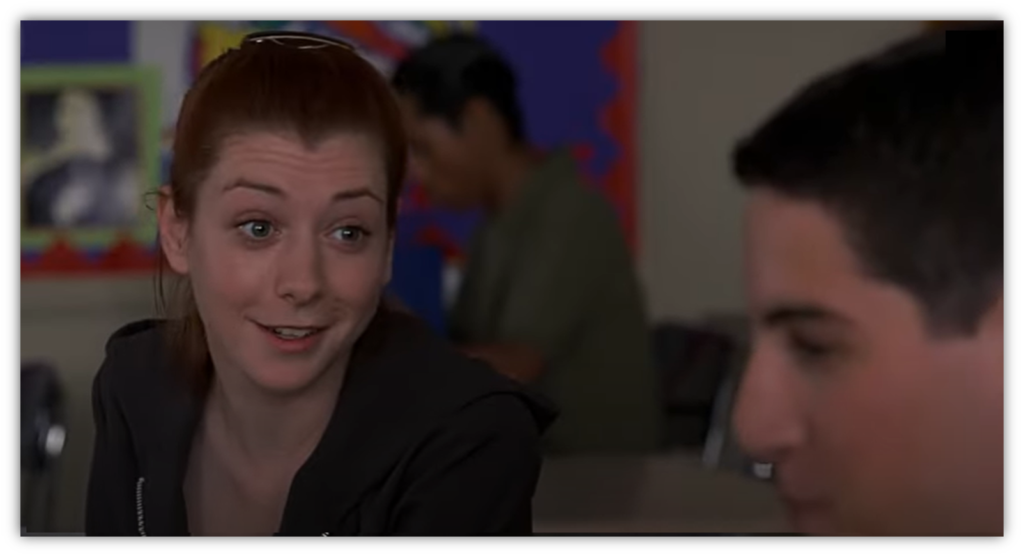
But I finally decided to take a day off from school and spend three days touring parts of the country I’d missed, specifically Aleppo.
Aleppo (Haleb in Arabic) is the second largest city in Syria with over two million people living there today.
It also claims to be the oldest (or one of the oldest) continuously inhabited cities in the world, but the rivalry with Damascus doesn’t stop there.

Throughout its history, its position near the end of the Silk Road allowed for a significant amount of wealth to pass through its gates, and with money came power.
Damascus, further to the south, couldn’t always rival its northern neighbor, and only surpassed Aleppo once it became the capital of the Syrian Republic in the 1930s.
The Suez Canal didn’t help Aleppo’s cause, either, essentially putting the Silk Road out of business.
When I lived in Syria, Aleppo had a number of historical sites I’d heard were worth visiting, and left with a Marine from the American Embassy. We meandered our way north, stopping along old Roman roads and visiting villages off the beaten trail before finally arriving in Aleppo in the early evening (the story of one of those villages is worth sharing, but later).
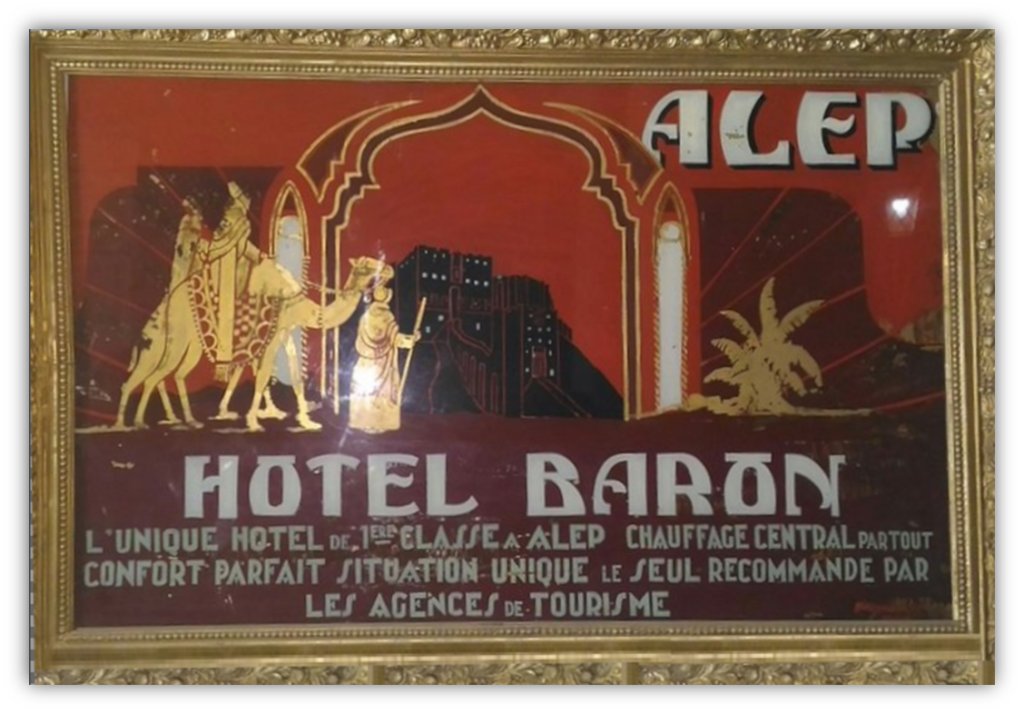
Not surprisingly, we chose to stay at the Baron Hotel.
The most famous of hotels in Aleppo, largely due to its previous guests, who included Agatha Christie, Lawrence of Arabia and Charles Lindbergh, among others.
We checked in, paid 2500 Syrian lira ($50, according to the government, but about $37 on the black market), and looked at the historical guestbook in the lobby.
And T.E. Lawrence’s unpaid bar bill.
The next morning, we explored the old city.
Most Middle Eastern cities are organized in the same style – old city, surrounded by walls, and intersected by two main streets which divide it into four quarters. We explored the famous Al-Medina souq (al means “the”, Medina “city”, and a souq is a covered avenue full of shops), its ceiling full of bullet holes from when the French troops took pot shots at it when they were ordered to evacuate following Syria’s independence.
We checked out the Umayyad Mosque of Aleppo, and then after lunch went to the Citadel.
Citadels were fortifications within a city, usually placed on top of its highest point, as a place to retreat to in case of attack.

Aleppo’s citadel was impressive.
Built upon a plateau, there was a fortress outside the citadel (where we paid 25 Syrian lira to enter), then crossed the stone bridge spanning a dried moat.
We then passed through the inner gate and another impressive fortress before walking onto the plateau, where we…could do whatever the heck we wanted.
My Marine pal and I explored the Throne Hall, the Grand Mosque, the hollow walls with slits made for archers, and open squares filled with mosaics. This plateau we galloped around overlooked the entire city, so at various spots we’d look out over Aleppo and took in its amazing sights.
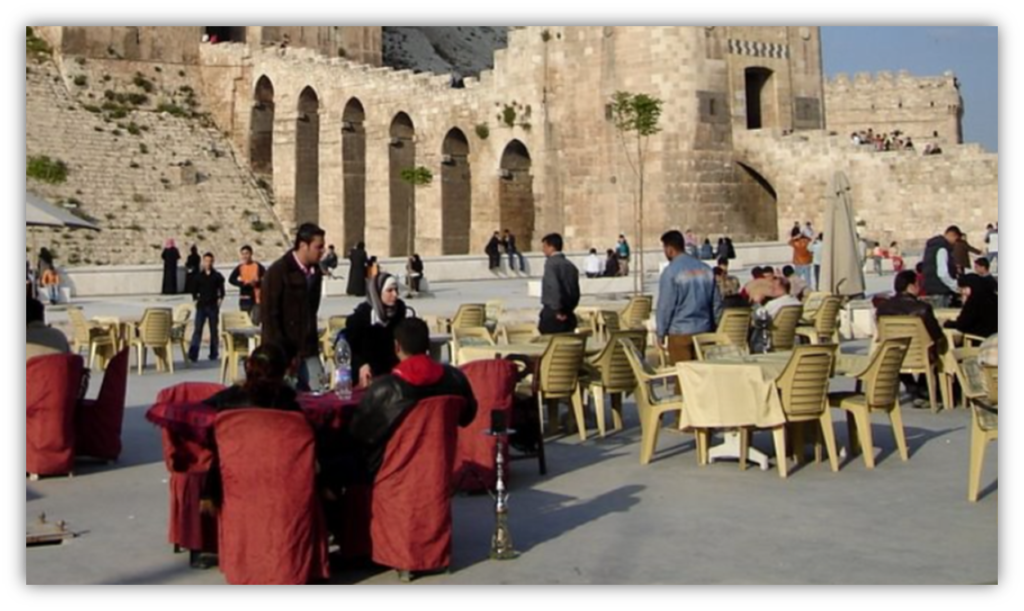
At around 3 PM, we checked into the bar within the citadel, ordered beers, and sat back to enjoy our a great day of sightseeing.
After we finished, we started to make our way towards the entrance when I noticed a collapsed section to the left.
We walked over, stuck our heads in…and it was a tunnel. We entered.
For the next three hours, we followed this old, OLD passageway down into the depths of the earth. In places we could barely scrape through; in others we stood at the bottom of a airshaft that offered a bit of sunlight from seventy feet above the floor.
The Marine was prepared, and had brought a flashlight on this trip, and it was never more useful than underground in the Aleppo Citadel. We discovered graffiti; we located archaeological markings and signatures from a hundred years earlier.
After going down for quite some time, we finally began to go…up.
On opposite sides of the citadel, unattached from the main fortifications were two stone-walled guard posts. They sat right on the edge of the moat; from there one could’ve offered a barrage of arrows aimed at soldiers attempted to storm its gates, or defended its weaker side…and we found ourselves inside it, in a section of this tourist attraction not open to the public.
It was AWESOME. I felt like I was Indiana Jones, and I’d found the Lost Ark.

OK, fine. And now, this?
I tell you: I’m not looking forward to his Fugitive phase.”
We took a moment to gather our giddy selves, then returned the way we’d come. The entire trip had taken about three hours.
The Citadel, however, was only open until 5 pm.
When we emerged from our discovery, we stumbled upon some unassuming soldiers whom we shocked with our appearance; after all, the tourist attraction had been closed for over an hour.
After some yelling in Arabic and a general motion towards one soldier’s gun, the soldiers escorted two filthy and sweaty tourists towards the entrance. They unlocked the gate, let us out, then locked it again behind us.

We walked back to the Baron Hotel, took showers, then went down to the hotel bar and celebrated a successful trip. For just a moment, we felt like Indiana Jones or T.E. Lawrence.
One difference: we paid our tab.
Addendum: The Arab Spring hurt Aleppo more than almost any other city in Damascus, and many of the sites I visited in 1996 are no longer in the same condition. The souq’s roof has collapsed in some areas; the citadel’s entrance was destroyed.
I understand Syria is trying to rebuild some of its historical treasures, but a country with so many of them and that has so little foreign aid, I’m not sure how much will be completed.
Next time: I explored a much older historical treasure in another country…and almost the same result.
…to be continued…
Let the author know that you liked their article with a “heart” upvote!


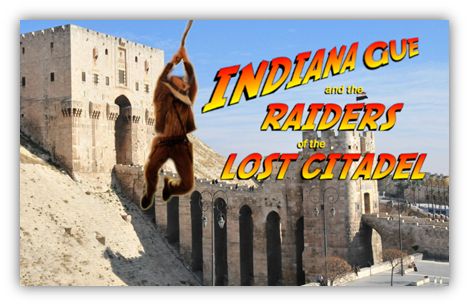

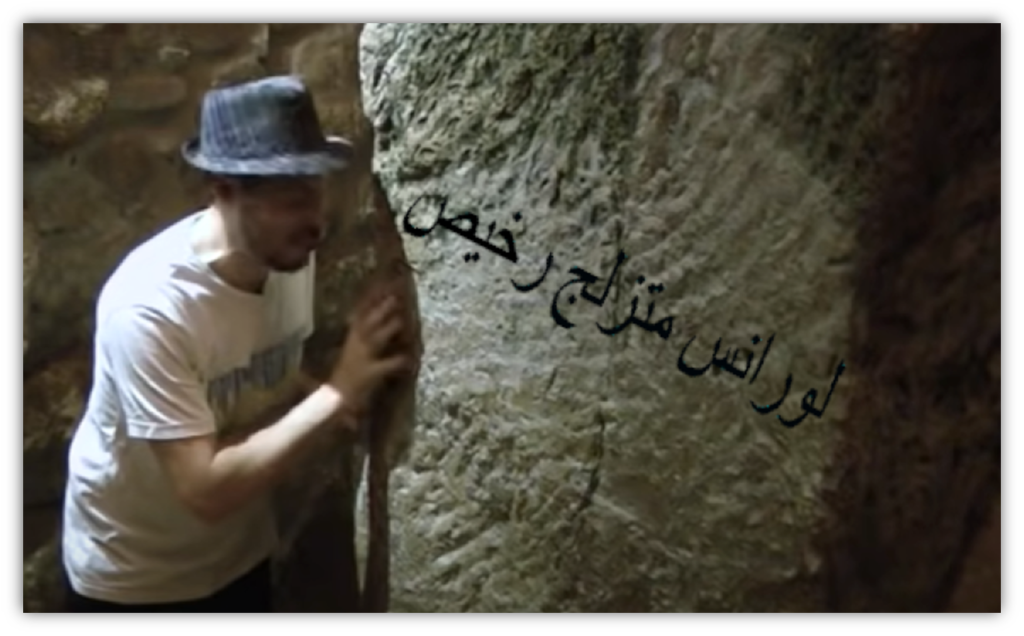
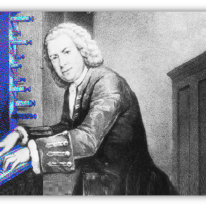
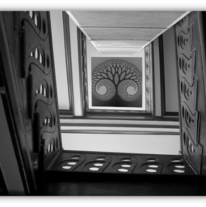
Good piece, thegue, at a difficult time there. If, like me, you’re wondering how to help in the current recovery, The New York Times provides these tips: https://www.nytimes.com/2023/02/06/world/europe/helping-earthquake-victims-turkey-syria.html?smid=nytcore-ios-share&referringSource=articleShare
Here’s how to help victims of the earthquake.
That’s very thoughtful of you. Atta Chuck.
Dr. Jones Sr.: “I should have mailed it to the Marx brothers.”
Dr. Jones Jr.: “And which Marx brother were you thinking, Dad?”
Dr. Jones Sr.: “Aleppo!”
(from the unreleased, nonexistent, director’s cut)
Gary Johnson doesn’t get it.
I need to apologize to mt and everyone reading this – I have searched high and low for the pictures from our stay in Aleppo, and specifically from the Citadel, and I can not find them!!!
(I’ll share them down here if I do come across them)
Sad to see Aleppo in the news again for the worst of reasons. Can only hope that aid reaches the area to help the people and then to help preserve the history.
Good on you Thegue for paying your bar tab unlike the famous English tourist who visited previously. Sounds like an amazing adventure from stumbling across that entrance. You may well have been the first people to see that graffitti in many a year.
So, there’s a large cave nearby our house that was a popular covert meeting site back in the 1700’s for rebellious Mason’s plotting against British Rule. But it’s big claim to fame is the fact teenage George Washington carved his name in the wall of the cave along with other Mason members who wanted to literally leave their mark during their meetings.
The cave is private property, but people still feel compelled to go exploring in it and inspect all the carvings and graffiti from pre-Revolutionary times.
I immediately thought of you and your Syria tales, thegue, seeing the news about the earthquake the other day. Aleppo was the largest Syrian city to the epicenter in Turkey, right? And it’s a gutpunch each day to see the death toll seemingly doubled from the previous day.
I recently watched the Netflix doc about the Nepal earthquake, and the footage from someone’s phone of that avalanche descending on the Everest base camp was quite possibly the most terrifying few seconds I’ve ever watched on video. The fact that this Turkey earthquake was just slightly more powerful than the Nepal one, it’s heartbreaking to think of the panic and chaos going on in that area of Syria and Turkey currently.
As for your tunnel expedition, I have to admit, that does sound fun, and I’d probably totally lose sight of the crazy danger of possibly getting lost the more I pushed on too. 😁